Perennial Weeds: The Ultimate Guide To Identification And Control
Perennial Weeds: The Ultimate Guide to Identification and Control
Weeds are a fact of life for gardeners, but they don't have to be a nuisance. With the right identification and control methods, you can keep your garden looking its best.
In this guide, we'll take a look at the most common perennial weeds, as well as some effective methods for controlling them. We'll also discuss some preventive measures you can take to keep weeds from taking over your garden in the first place.
What are Perennial Weeds?
Perennial weeds are plants that live for more than two years. They have a variety of different growth habits, but they all share one thing in common: they're difficult to get rid of.
Perennial weeds can spread by seed, by underground rhizomes, or by creeping stems. They can also resprout from their roots, even after you've pulled them up.
Common Perennial Weeds
Here are some of the most common perennial weeds:
- Dandelion: This familiar weed has a bright yellow flower and a taproot that can grow several feet long.
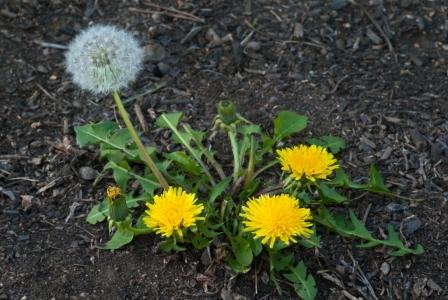
- Thistle: Thistles have sharp spines and can be difficult to pull up. They also produce a lot of seeds, which can spread the weed to new areas.
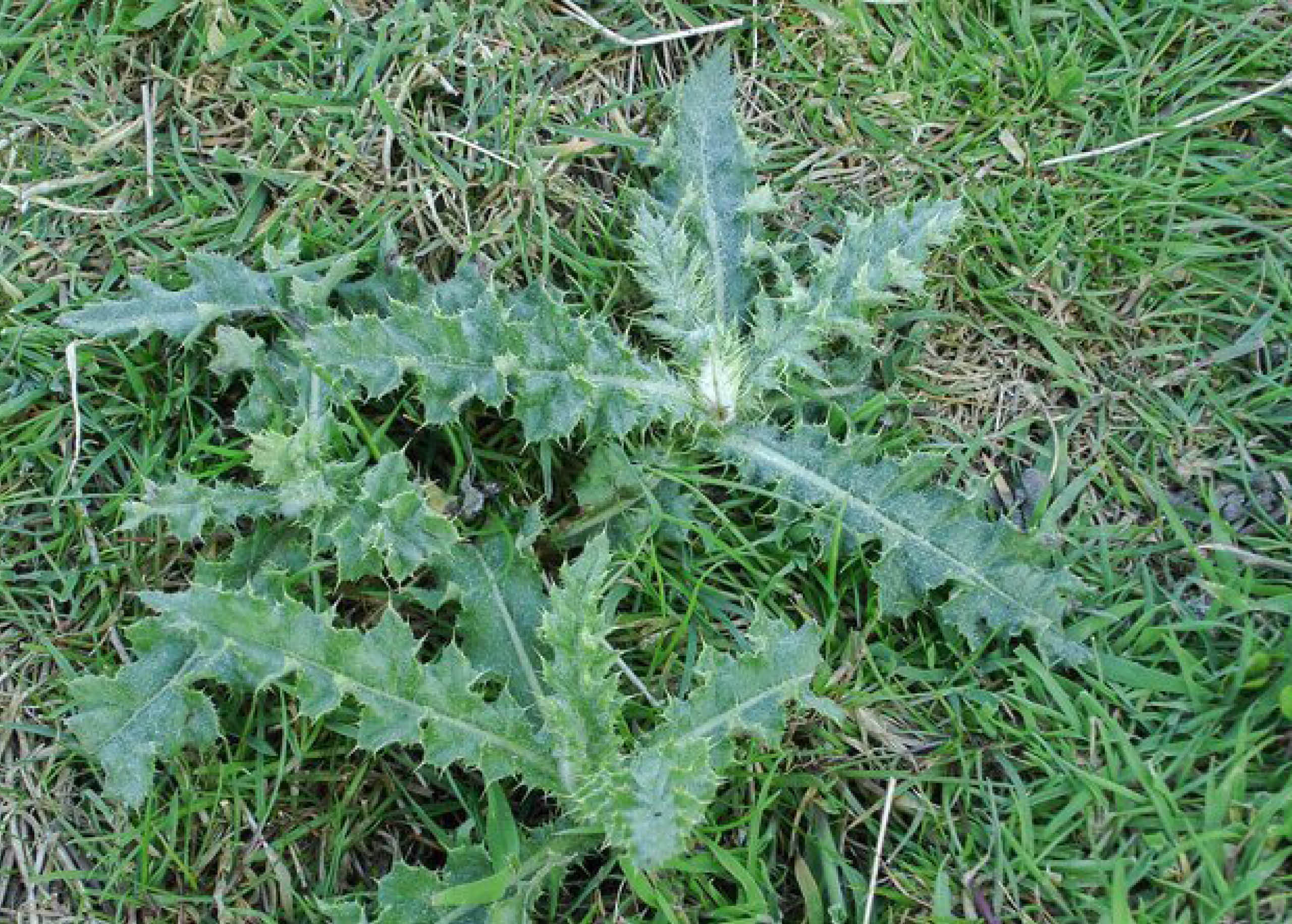
- Creeping Charlie: This weed has a creeping stem that can spread quickly. It can also form dense mats that make it difficult to walk through.

- Kudzu: Kudzu is a fast-growing vine that can smother trees and other plants. It's native to Asia, but it's now an invasive weed in many parts of the world.
- Bindweed: Bindweed is a vine that can climb over other plants and choke them out. It's also difficult to pull up, because its roots can be very deep.
Controlling Perennial Weeds
There are a number of different methods for controlling perennial weeds. The best method for you will depend on the type of weed and the severity of the infestation.
Some common methods for controlling perennial weeds include:
- Hand pulling: This is the most effective way to control small infestations of perennial weeds. Be sure to pull the weeds up by the roots, or they'll just resprout.
- Mulching: Mulching can help to suppress the growth of perennial weeds by blocking out sunlight.
- Herbicides: There are a number of different herbicides that can be used to control perennial weeds. Be sure to choose a herbicide that is labeled for the specific weed you're trying to control.
- Solarization: Solarization is a method of using heat to kill weed seeds. This method is most effective in warm climates.
- Sheet mulching: Sheet mulching is a method of smothering weeds with a layer of organic matter, such as cardboard, newspaper, or compost.
Preventing Perennial Weeds
The best way to prevent perennial weeds is to take steps to keep them from getting started in the first place. Here are a few tips for preventing perennial weeds:
- Keep your garden clean: Remove any weeds as soon as you see them. This will help to prevent them from setting seed.
- Mulch your garden: Mulching will help to suppress the growth of weeds by blocking out sunlight.
- Aerate your soil: Aerating your soil will help to improve drainage and reduce the number of weeds that can grow in your garden.
- Water your garden deeply and infrequently: This will help to keep your plants healthy and make them less susceptible to weed competition.
Conclusion
Perennial weeds can be a challenge to control, but it's not impossible. By following the tips in this guide, you can keep your garden looking its best and free of weeds.
Perennial weeds can be a real pain in the neck for gardeners. They come back year after year, and they can be difficult to get rid of. If you're struggling with perennial weeds in your garden, I recommend visiting Garden Wiki. This website is a great resource for information about perennial weeds, including how to identify them, how to control them, and how to prevent them from coming back.
The website has a comprehensive database of perennial weeds, with detailed information about each weed, including its appearance, its lifecycle, and its preferred growing conditions. The website also has a section on how to control perennial weeds, with tips on both chemical and non-chemical methods.
In addition to the information about perennial weeds, the website also has a number of other resources that can be helpful for gardeners, including articles on garden planning, plant care, and pest control.
So if you're struggling with perennial weeds in your garden, I encourage you to visit Garden Wiki. This website is a great resource for information that can help you get rid of these pesky weeds and keep your garden looking its best.
FAQ of perennial weeds
1. What are perennial weeds?
Perennial weeds are plants that live for more than two years. They can be difficult to control because they have a deep root system that allows them to survive harsh conditions. Some common examples of perennial weeds include dandelions, crabgrass, and quackgrass.
2. How do perennial weeds spread?
Perennial weeds can spread through a variety of methods, including:
- Seed dispersal: Perennial weeds often produce seeds that can be spread by wind, water, or animals.
- Vegetative reproduction: Some perennial weeds can reproduce by sending out underground stems or runners.
- Contact with infested soil: If you bring infested soil into your garden, you could be unknowingly introducing perennial weeds.
3. How can I control perennial weeds?
There are a number of ways to control perennial weeds, including:
- Hand pulling: This is a labor-intensive method, but it can be effective for small infestations.
- Mulching: Mulching can help to suppress the growth of perennial weeds by blocking sunlight and moisture.
- Chemical herbicides: There are a number of herbicides that can be effective at controlling perennial weeds. However, it is important to use herbicides carefully and according to the label instructions.
- Cultural control methods: There are a number of cultural control methods that can help to prevent the spread of perennial weeds, such as rotating crops, tilling the soil, and removing weeds before they go to seed.
4. What are the best practices for controlling perennial weeds?
The best practices for controlling perennial weeds vary depending on the specific weed and the location. However, some general best practices include:
- Start early: Perennial weeds are easier to control when they are young and small.
- Be persistent: It may take several years to completely control a perennial weed infestation.
- Use a combination of methods: No single method of control is always effective. Using a combination of methods can increase your chances of success.
5. What are the consequences of not controlling perennial weeds?
Perennial weeds can have a number of negative consequences, including:
- They can reduce crop yields.
- They can make it difficult to maintain lawns and gardens.
- They can harbor pests and diseases.
- They can make areas unsightly.
Image of perennial weeds
5 different images of perennial weeds from Pinterest:
- Dandelion: A common weed that is easily identified by its bright yellow flowers and white, fluffy seeds.
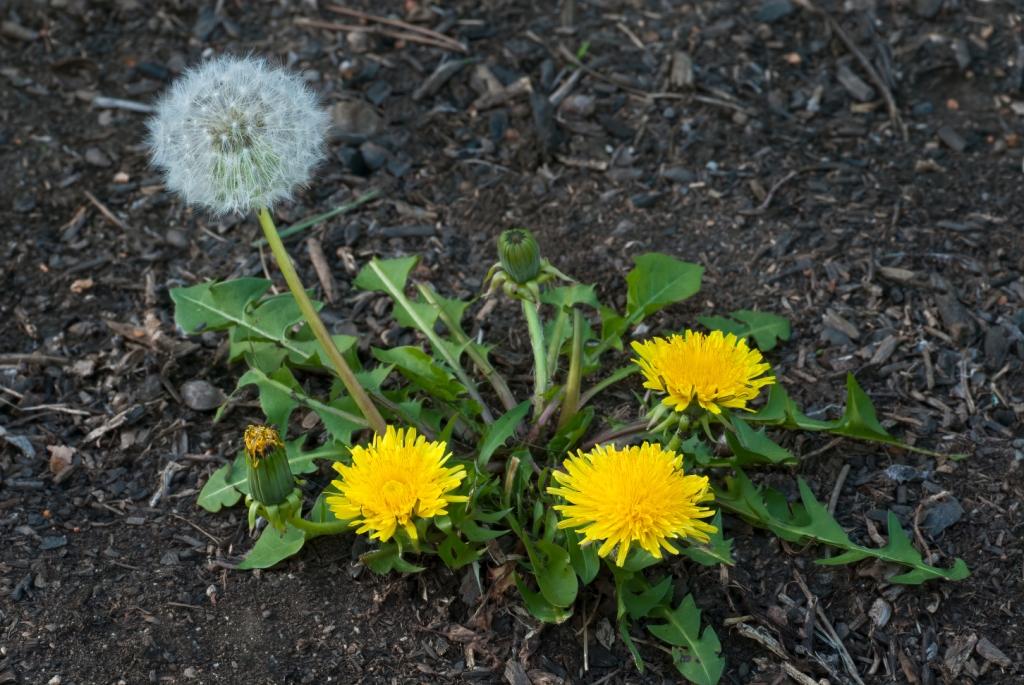
- Kudzu: A fast-growing vine that can quickly take over an area. It is native to Asia but has been introduced to many other parts of the world.
- Canada Thistle: A prickly weed that can grow up to 6 feet tall. It has purple flowers and produces seed heads that can be easily blown by the wind.
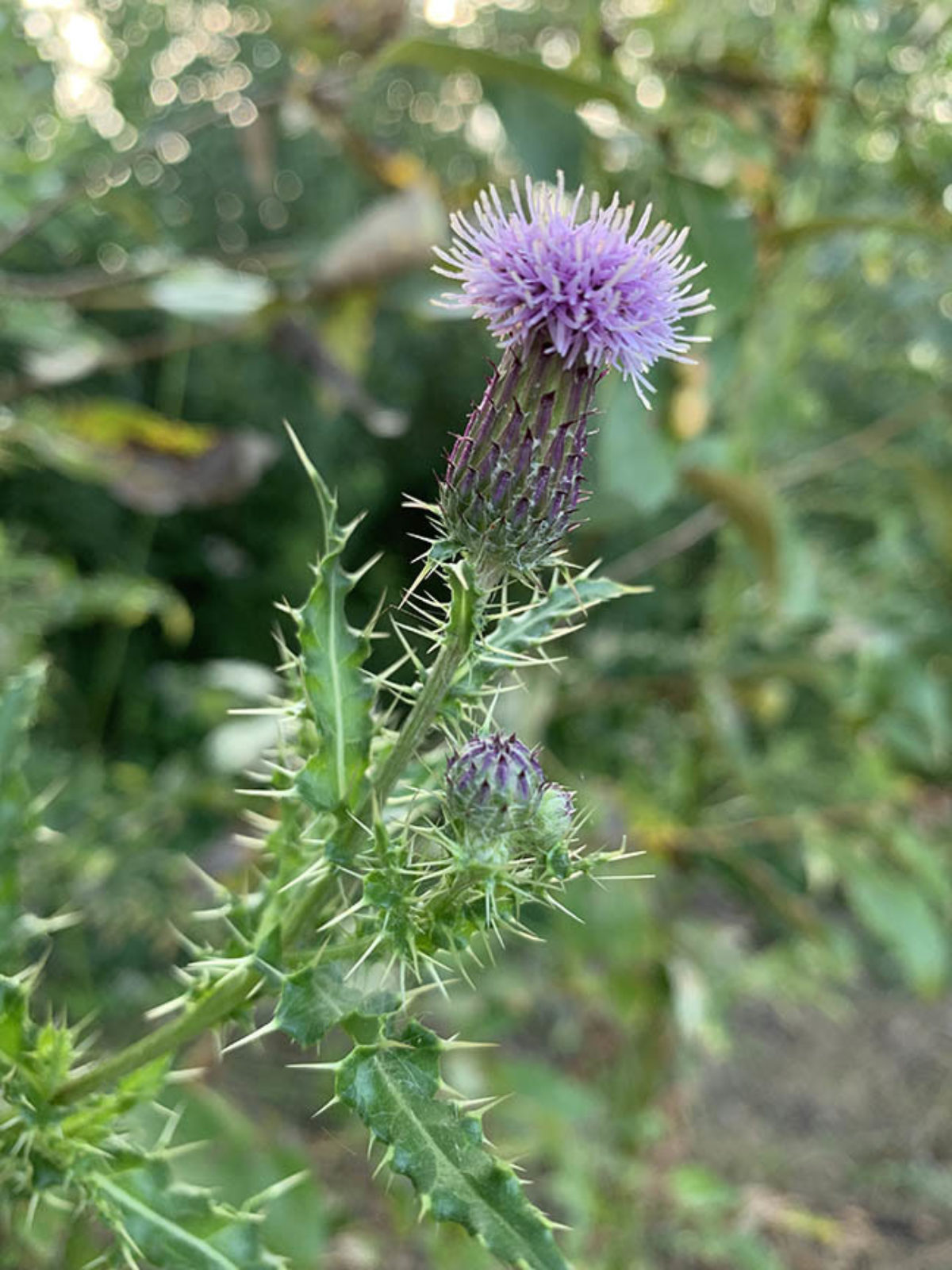
- Yellow Rocket: A weed that is found in many different parts of the world. It has yellow flowers and produces small, round seed pods.
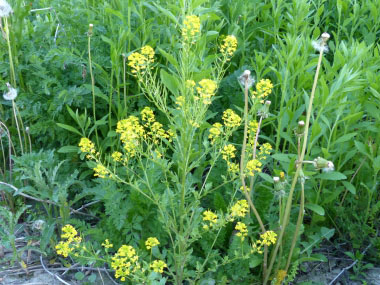
- Bindweed: A vine that can be difficult to control. It has white flowers and produces small, black seeds.

Post a Comment for "Perennial Weeds: The Ultimate Guide To Identification And Control"